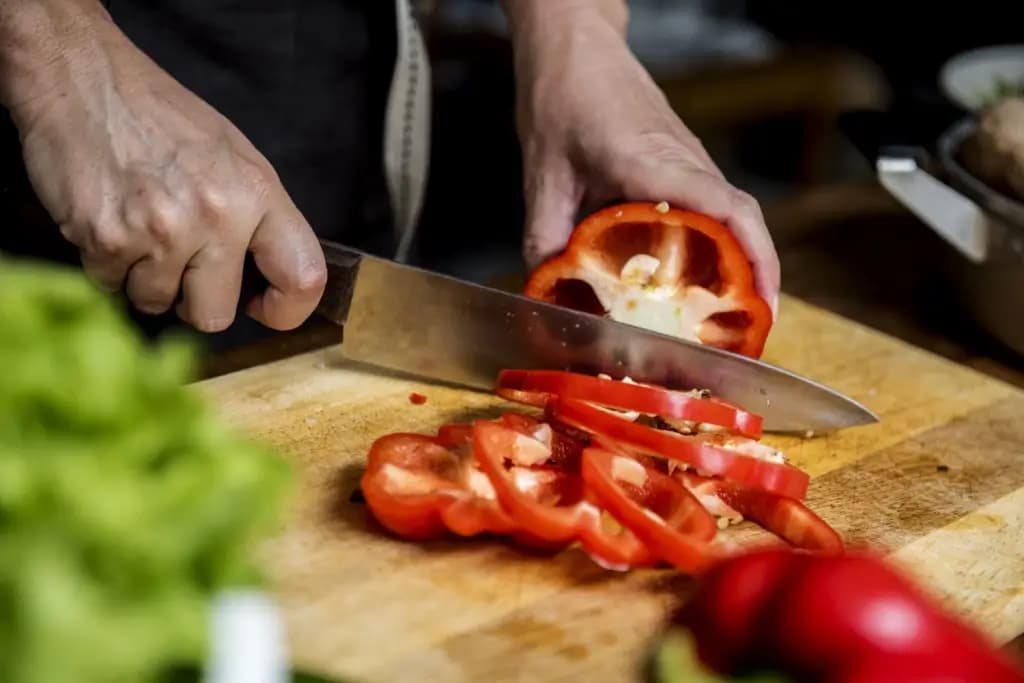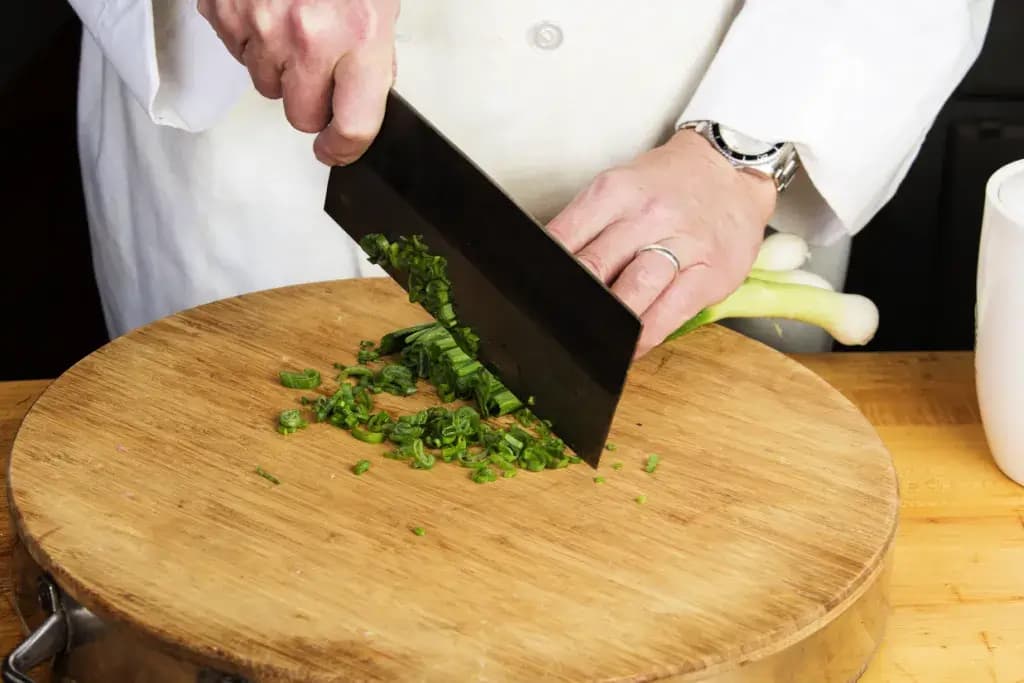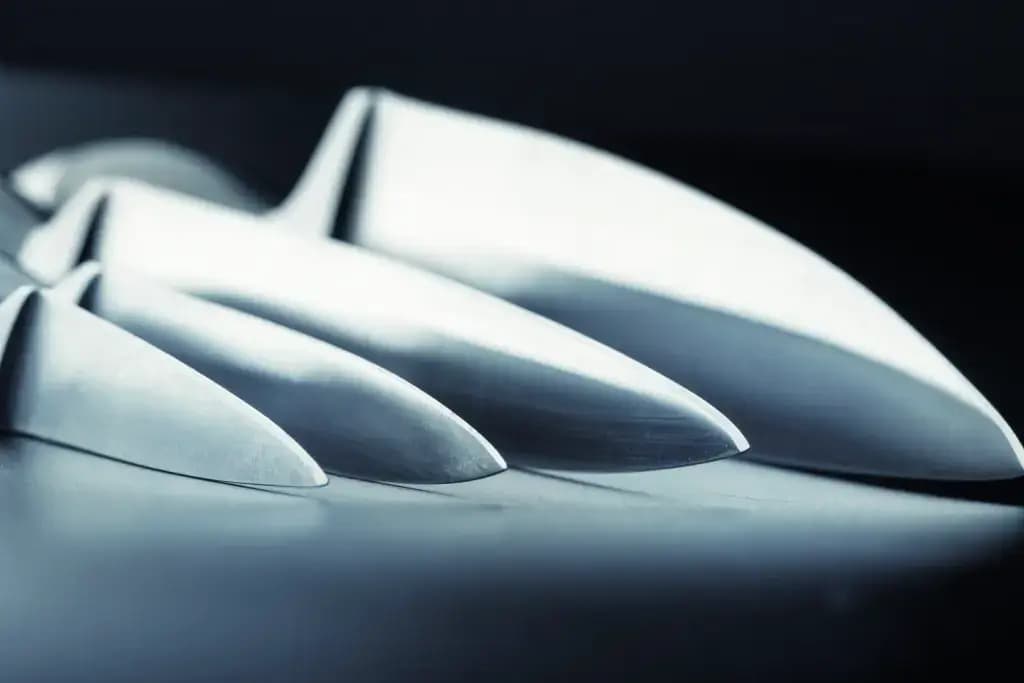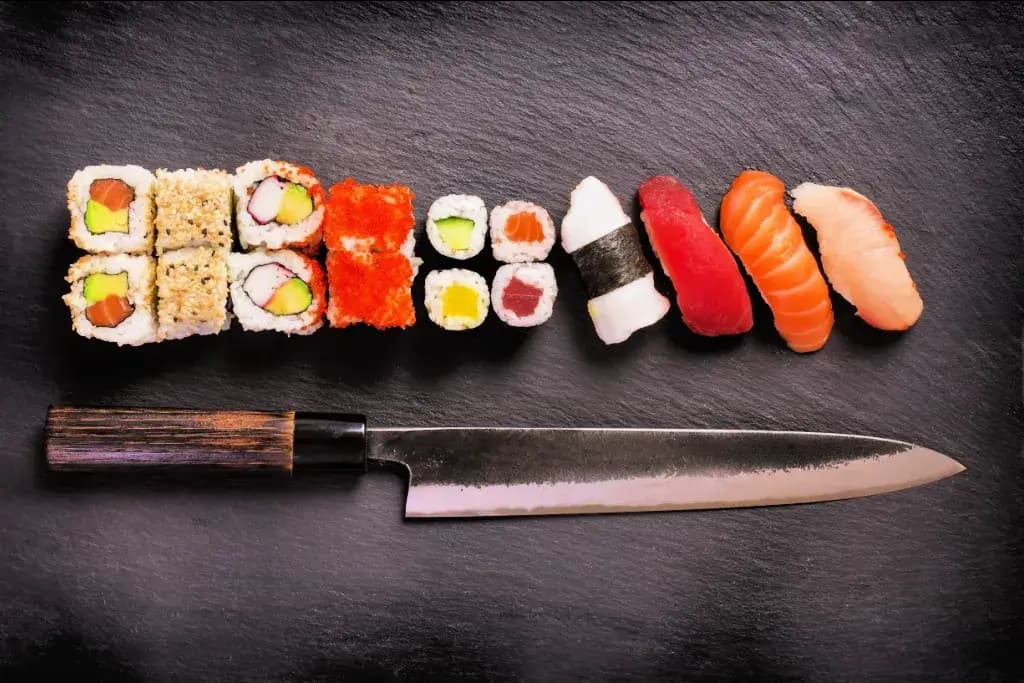
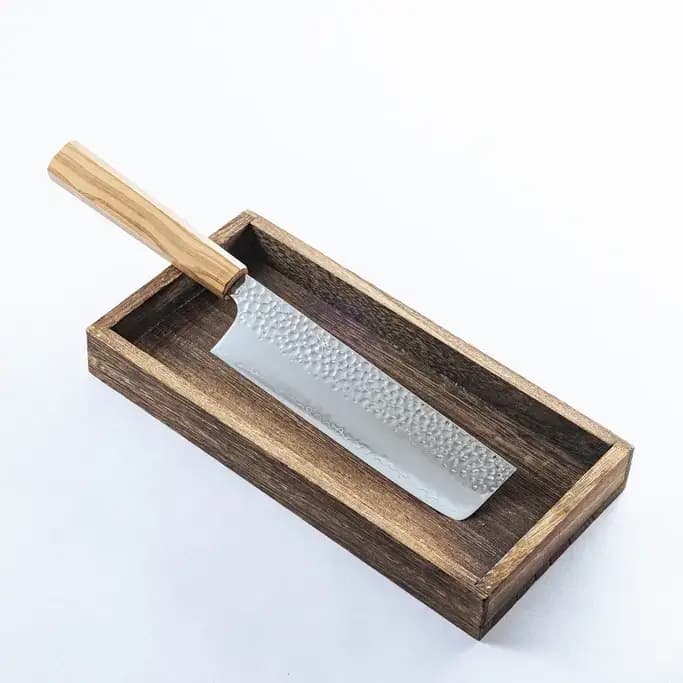
2025 SEPTEMBER 19
.James Lau
Nakiri Knife: The Ultimate Blade for Vegetables!
A nakiri knife is a Japanese vegetable knife designed for clean, straight cuts through everything from leafy greens to root vegetables. Its flat edge and rectangular shape make it perfect for push-cutting and chopping without rocking the blade.
This knife is especially popular among home cooks in Japan who prepare vegetables daily. A nakiri knife might be the most efficient and satisfying blade if you chop vegetables often.
What is a nakiri knife?
A nakiri knife is a Japanese knife made specifically for cutting vegetables. Its blade is flat, rectangular, and usually around 165mm long, with a straight edge that hits the cutting board evenly.
This shape allows for clean cuts and eliminates the need to rock the blade. The width provides knuckle clearance and makes it easy to scoop ingredients. Nakiri knives are double-beveled, making them easier for both right—and left-handed cooks.

The word “nakiri” means “vegetable cutter,” and that’s exactly what this knife excels at. It’s especially good for slicing through firm vegetables like carrots, sweet potatoes, or daikon without wedging or splitting.
Because of its thin blade, it produces smooth, precise cuts that preserve the structure of the food. Nakiri knives are popular among vegetarians and anyone who wants to prep produce quickly and neatly.
When was it first introduced?
The nakiri knife first appeared in Japan during the Edo period. During this time, more families had access to iron tools and began preparing more vegetables at home. The knife evolved as a response to dietary shifts and the growing popularity of plant-based meals in Japanese households. Unlike the heavier, fish-focused Deba knife, the nakiri was created for home use and day-to-day vegetable preparation.

While the exact year isn’t known, historical records show that the nakiri became a standard item in household kitchens by the 18th century. It was especially popular in Kansai, where vegetarian Buddhist cuisine (shōjin ryōri) influenced local cooking.
Over time, blacksmiths adapted the design and refined its balance and sharpness. Many nakiri knives were handmade using carbon steel and passed down through generations.
What should I look for in a quality nakiri knife?
People choosing a good nakiri knife should look for a thin, straight-edged blade that feels balanced in the hand. The knife should be sharp out of the box and made from quality steel, such as high-carbon or stainless steel.
A full-tang or well-fitted handle will add comfort and control. The blade should not be too heavy, as a lighter knife makes faster, cleaner cuts. Check that the spine and tip are smooth, with no rough edges or uneven grinds.

It’s also helpful to look at the finish and craftsmanship. Some of these knives have layered Damascus patterns, while others are simpler but just as functional.
If you’re new to Japanese knives, a double-bevel blade is more forgiving and easier to sharpen at home. Ensure the cutting edge is consistent across the length of the blade to avoid uneven slices. Once you find the right fit, it will quickly become your go-to for everything vegetable.
Are you looking for amazing, handmade knives from Japan? Check out ZAKU! ZAKU has authentic knives handmade in Japan for all of your culinary needs!

How does this knife compare to other ones?
The nakiri stands out from other kitchen knives because of its flat edge and dedicated design for vegetables. Unlike a Gyuto, which has a curved blade for rocking, the nakiri cuts straight down, giving you clean slices with no missed spots.
It also has a taller blade, which helps guide your hand and keeps fingers safe during chopping. Its rectangular shape isn’t as versatile for meat or fish, making it efficient for vegetable work.

Some cooks also compare the nakiri to the Usuba, another Japanese vegetable knife with a single-bevel edge. While the Usuba is more traditional and requires more skill, the nakiri is double-beveled and easier for most people to handle.
It’s ideal for home cooks who want a dedicated vegetable knife that doesn’t require advanced training. The flat profile also makes the nakiri easier to sharpen evenly.
Why should I use a nakiri knife?
People use nakiri knives because they’re explicitly designed for slicing, dicing, and chopping vegetables with speed and precision. The straight edge allows the blade to cut through food without rocking, making every cut smooth and clean. This helps maintain the texture of vegetables and results in more even cooking. Since the motion is straightforward and efficient, it also reduces wrist strain.

Beyond function, the nakiri helps build confidence in the kitchen. Its vast, flat blade gives more control when cutting, especially for beginners. You can also scoop up ingredients and transfer them to a pot or pan.
Because it’s easy to clean and sharpen, it remains low-maintenance despite its precise design. If you want a knife that makes your prep cleaner, faster, and more consistent, the nakiri is an excellent choice. Do you have a nakiri? How does it compare to your other knives? Let us know in the comments below!











